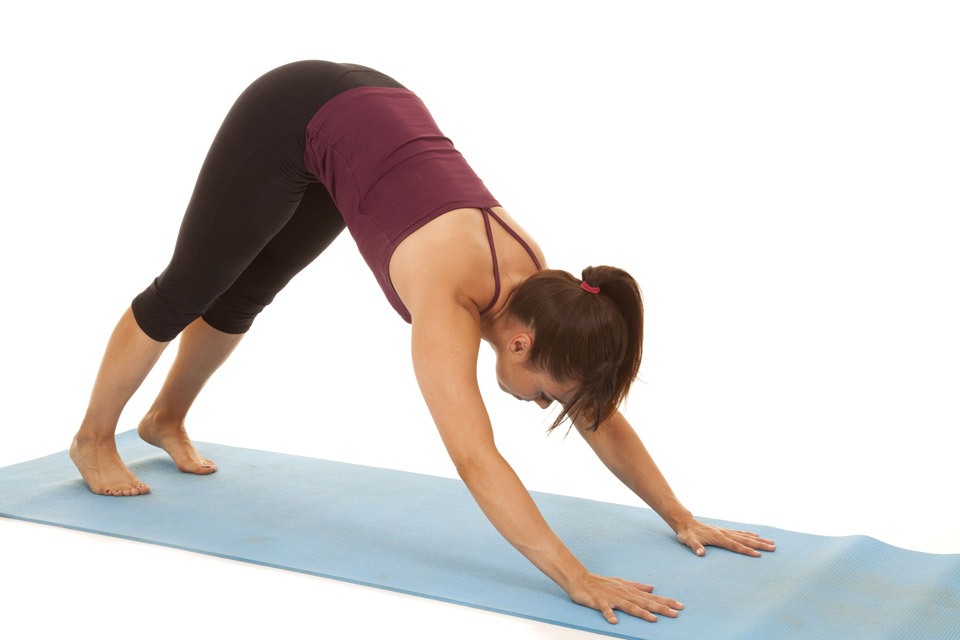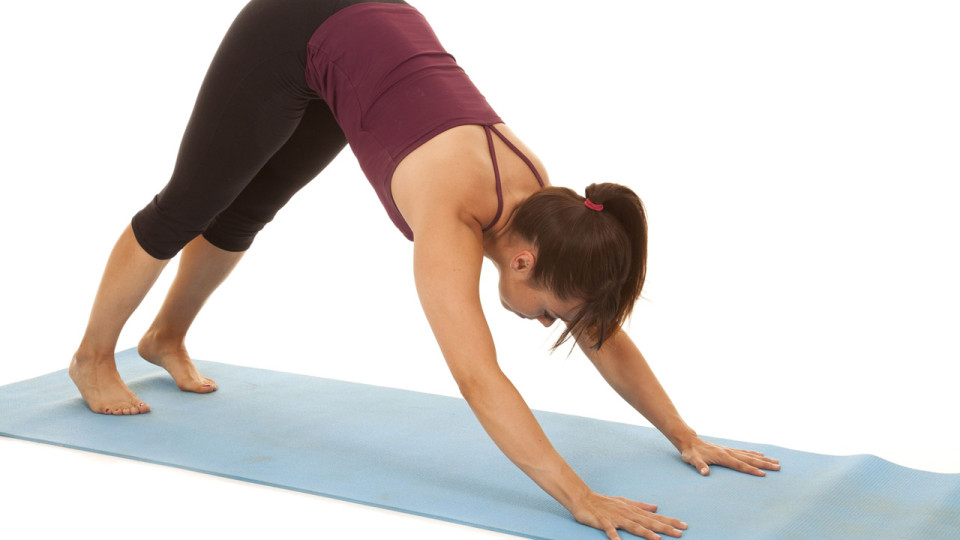In our previous article, we discovered that runner’s knee can be due to a number of causes. Some may arise from unavoidable events, like suffering from a bad fall or blow to the knees.
Muscle imbalances such as weak gluteal muscles, and muscle tightness around the kneecaps can also cause misalignment, leading to chronic pain. By building up and stretching these important muscles that affect your knees, you may be able to see some improvement.
Mr. Yeo Yen Sun, Head of Physiotherapy and Rehabilitation at the Singapore Sports Institute, shares what people should do when they suffer from a serious case of runner’s knee. He also provides us with examples of simple exercises and stretches we should take follow in order to prevent chronic knee pain.
What happens when you have a serious case of runner’s knee? Do you need to stop training entirely?
The good news is that a runner suffering from runner’s knee need not stop running entirely.
Depending on the severity of injury, the return to full pain-free running can be divided into 3 phases: recovery, rehabilitation and finally return to full running if possible.
Recovery Phase: (4-8 weeks)
If the pain is severe, it would be advised that the runner stop running for at least 4-8 weeks to allow the swelling and pain to subside and healing to occur. It is also advisable for the runner to seek physiotherapy intervention to diagnose the root cause of knee pain. During this acute and painful phase, the runner should avoid any leg exercises in the gym, especially squats and leg extension exercises.
Rehabilitation Phase (6-12 weeks)
After this acute and painful phase, the runner should not just return to the same running intensity as before the injury as the muscles would have weakened, making the knee joints even more susceptible to further injury.
During this rehabilitation phase, the runner should do some graduated knee strengthening exercises such as leg press, mini squats, stair climbing and plyometrics, such as skipping. The weight limit is suggested to be less than or equal to body weight of the runner. The runner can also start graduated running at this phase.
Return to Full Running (after 4-6 months of recovery and rehabilitation)
Once the root cause of knee pain has been diagnosed and dealt with (e.g. patella mal-alignment), the leg muscles built up, knee is free of pain, the runner can then proceed to return to full running with a peace of mind that there is lesser chance for knee pain to recur.
The “Clam” Exercise
- This exercise aims to strengthen your gluteal muscles.
- Lie on your left side on the floor, with your hips and knees bent 30-45 degrees.
- Your right leg should be on top of your left leg, with your heels together.
- Raise your right knee as high as you can without moving your pelvis. Remember to keep your feet in contact with each other.
- Don’t allow your left leg to move off the floor.
- Keep in position for 3 seconds, then return to the starting position.
- Repeat this exercise on the other side of your body.
- As the name suggests, think of a clamshell opening as you do the exercise.
Hamstring Stretch

- The hamstring stretch aims to release the tension around the knee joints.
- Start on all fours with your hands and feet spaced shoulder-width apart.
- Tuck your toes under you.
- Press your arms into the floor as you lift your hips. Try to straighten your legs as much as possible. Your body will be in an upside down “V” position.
- Press into the floor with your hands, putting pressure on the calves and hamstrings. As you become more acquainted with this stretch, try to straighten the legs and press your heels into the floor. Do not lock your knees.
- Hold for 15-30 seconds. Along with your knees, this will also stretch your hamstrings, calves and arms.
- Do this stretch before and after a run for maximum effect.
ITB (Iliotibial Band) Stretch
- This stretch aims to loosen your ITB, which is a thick, fibrous band rather than an elastic muscle.
- Stand upright and cross your right leg behind your left.
- Lean slighly to your left side until you feel a stretch on the outside of your right leg.
- Hold on a chair/wall for support if needed. Hold for 30 seconds.
- Repeat on for the other leg.
- You can place your hands on your head for a greater stretch.
- Do this before and after a run to stretch your ITB, which can help prevent patella malalignment.
Look After Your Knees Properly
The knees are essential joints that help in your everyday mobility like walking and running, and taking good care of them will definitely help you out in the long run.
Do you know any other exercises or stretches that can help relieve knee pain? Share with us on the comments below!





